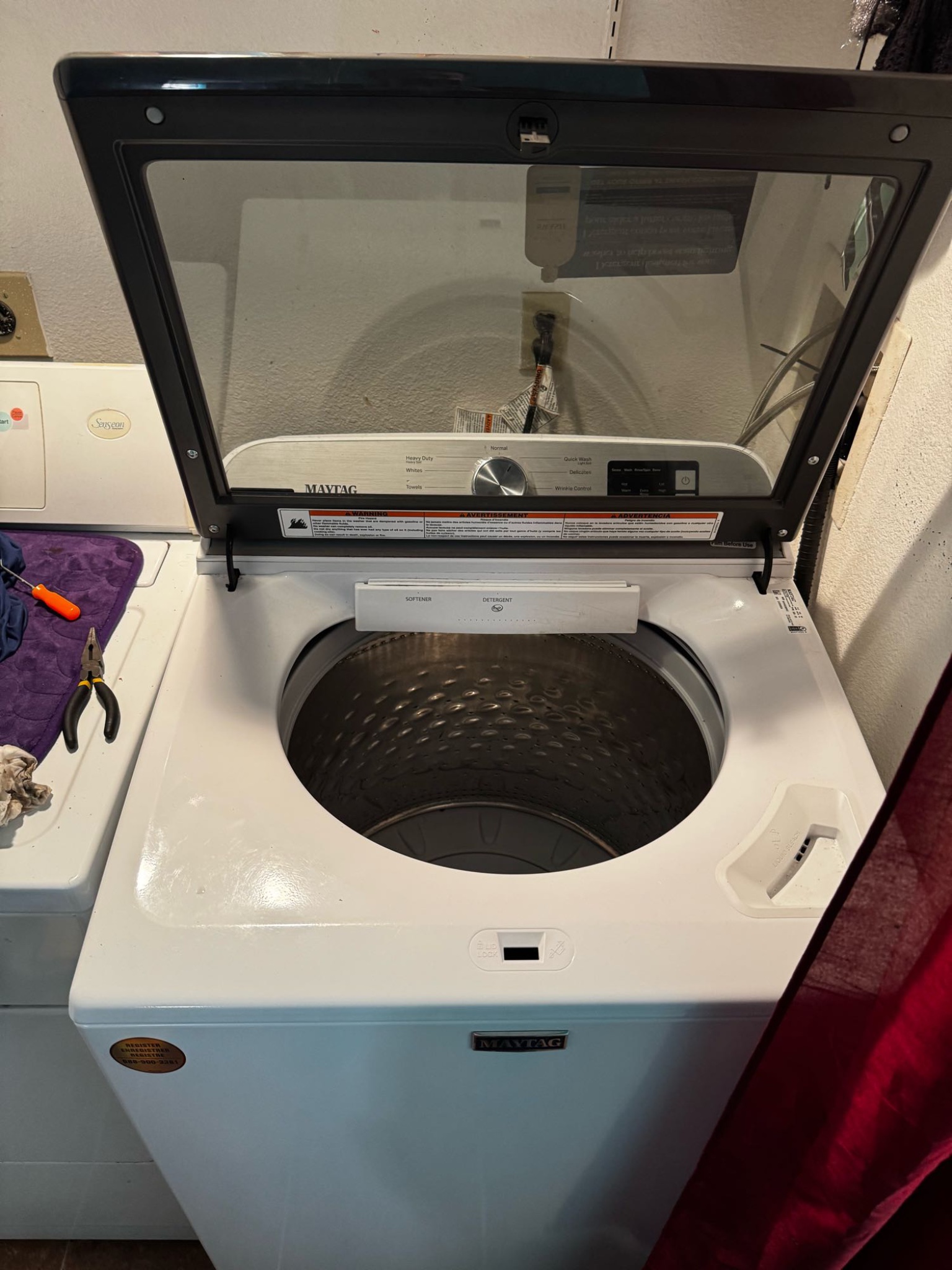A washing machine is one of the most essential household appliances, designed to simplify the laundry process and save time. However, like any appliance, it can sometimes malfunction. One of the most common and frustrating issues homeowners encounter is when the washer fails to drain water at the end of the cycle. This problem leaves clothes soaking wet, prevents proper spinning, and can cause unpleasant odors if left unresolved.
Two of the most frequent causes behind this issue are a clogged drain pump or a blocked filter. Both of these components play a vital role in ensuring that wastewater is expelled efficiently. Understanding how these parts work and why they malfunction can help you recognize the problem quickly and decide whether professional repair services are needed.
Why Is Your Washer Not Draining?
When your washer doesn’t drain, the water remains inside the drum after the wash or rinse cycle. This could result in soggy laundry, standing water, and even leaks. A clogged drain pump or blocked filter is usually the culprit.
1. Clogged Drain Pump
The drain pump’s main function is to push the water out of the washer and into the household drainage system. Over time, small objects like coins, buttons, or lint can accumulate in the pump. This buildup restricts the pump’s ability to work effectively. In some cases, the pump motor itself may become damaged due to overuse or strain caused by blockages.
Signs of a clogged drain pump include:
- Loud humming or grinding noises during the drain cycle.
- The washer stopping mid-cycle with water still inside.
- Visible error codes on modern washer displays.
Ignoring a clogged pump can result in more extensive damage, as the motor may burn out if it is forced to work against constant obstructions.
2. Blocked Filter
Most washing machines are equipped with a filter designed to trap lint, fabric fibers, and small debris. Over time, this filter can become clogged. When the filter is blocked, water flow is restricted, and the machine is unable to drain properly.
Signs of a blocked filter include:
- Water draining very slowly or not at all.
- Musty smells coming from the washer due to trapped water and debris.
- Small objects or lint visible when you open the filter compartment.
Cleaning the filter regularly is crucial to maintaining your washer’s performance. Many homeowners are unaware that this should be part of routine maintenance.
Other Contributing Factors
While the drain pump and filter are the most common causes, it’s also worth considering:
- Kinked or blocked drain hose: A bent or clogged hose can prevent water from flowing out.
- Malfunctioning control board: In rare cases, electronic failures may prevent the drain cycle from engaging.
- Improper installation: If the drain hose is installed incorrectly, it can cause backflow or inefficient drainage.
Preventing Drainage Problems
To minimize the risk of your washer failing to drain:
- Check pockets before washing. Small items like coins and hairpins often cause clogs.
- Clean the filter regularly. A quick rinse every month can prevent buildup.
- Inspect the hose. Ensure it isn’t twisted, blocked, or improperly placed.
- Schedule regular maintenance. Professional inspections can catch problems before they escalate.
When to Call a Professional
While cleaning a filter or checking a hose is often manageable for homeowners, dealing with a clogged pump or electrical issue is more complex. Attempting to fix it yourself may cause further damage, especially if you are unfamiliar with the inner workings of your washer.
A professional technician can:
- Diagnose whether the pump needs cleaning, repair, or replacement.
- Properly clean the drainage system without damaging sensitive parts.
- Ensure the machine is running efficiently, extending its lifespan.
A washer that won’t drain water can be frustrating and disruptive to your daily routine. In most cases, the issue stems from a clogged drain pump or a blocked filter, both of which prevent water from exiting the machine efficiently. While some maintenance steps can be handled at home, it’s best to rely on expert help when the problem persists.
If your washing machine is leaving water behind or refusing to drain, don’t wait until it causes bigger issues. Contact Home Appliance Service Center today. Our skilled technicians are ready to diagnose and repair the problem quickly and effectively, ensuring your washer runs smoothly once again.
Contact us
 619-928-5000
619-928-5000  Request Service
Request Service 
